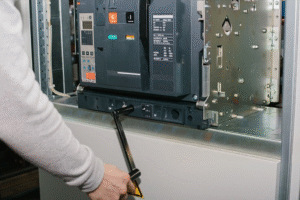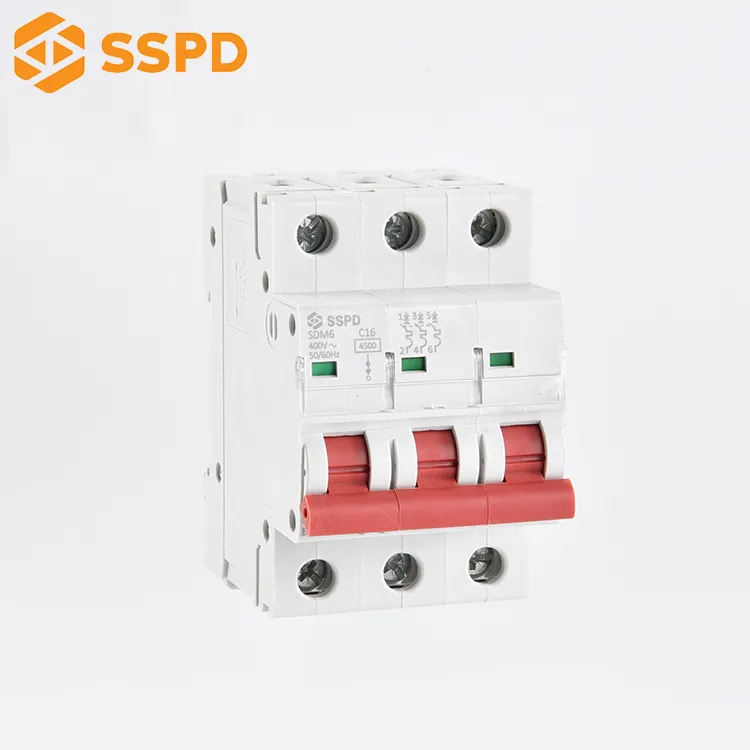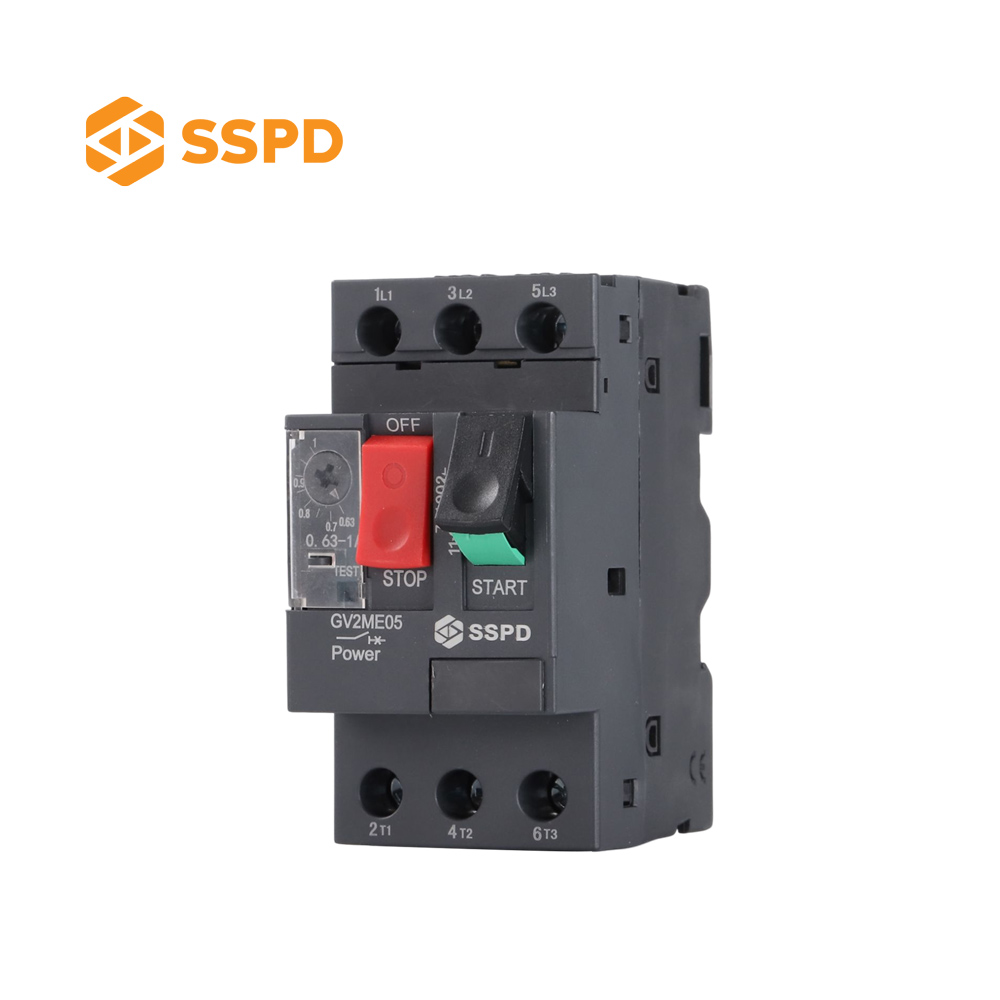ACB Maintenance Guide: Ensuring Electrical System Reliability

What Is an Air Circuit Breaker (ACB)?
An air circuit breaker (ACB) is an electrical device designed to protect electrical circuits from damage caused by excess current. It operates in low and medium-voltage environments, interrupting current flow to prevent equipment damage and fire hazards.
How It Works
An ACB functions by detecting abnormal current levels within an electrical system. When overcurrent or short circuits are detected, the breaker rapidly opens its contacts, and compressed air is used to extinguish the arc formed between the contacts, ensuring a safe interruption of the electrical flow. This approach ensures efficient arc extinguishing while minimizing maintenance needs.
Key Applications of Air Circuit Breakers
Industrial Facilities: Protecting machinery and large electrical equipment.
Commercial Buildings: Safeguarding HVAC systems, elevators, and lighting circuits.
Utility Substations: Managing the distribution of electrical power.
Renewable Energy Systems: Providing protection in solar and wind power installations.
Data Centers: Protecting critical infrastructure from power disruptions.
Common Air Circuit Breaker Issues to Watch For
Contact Wear:
Repeated operations lead to erosion of contact surfaces, increasing contact resistance and heat buildup.Insulation Degradation:
Aging and environmental factors cause insulation to deteriorate, leading to leakage currents or short circuits.Overheating:
Poor ventilation, overloaded circuits, or degraded components can cause temperature rise, potentially leading to failures.Mechanical Misalignment or Fatigue:
Frequent operations can lead to misalignment or wear of mechanical linkages, affecting breaker performance.
Routine Air Circuit Breaker Maintenance Checklist
Routine maintenance focuses on regular checks performed monthly, quarterly, or as recommended by the air circuit breaker manufacturer. The following checklist helps ensure each critical component of an air circuit breaker is properly maintained:
Visual Inspection: Check for signs of wear, corrosion, or damage on external and internal components.
Cleaning and Lubrication: Remove dust, debris, and old lubricants; apply new lubricants to moving parts as recommended by the air circuit breaker manufacturer.
Contact Inspection & Resistance Testing: Examine contact surfaces for pitting or discoloration; measure contact resistance.
Insulation Resistance Testing: Use a megohmmeter to verify insulation integrity between current-carrying and grounded parts.
Mechanical Operation Check: Perform manual operations to confirm smooth and reliable mechanism movement.
Electrical Performance Testing: Test the ACB’s trip settings and response time.
Safety and Environmental Audit: Ensure the surrounding area is clear; verify safety compliance.
Step-by-Step Guide to ACB Maintenance
For annual maintenance or major servicing, follow this comprehensive procedure:
1. System Isolation
De-energize the circuit and secure the area to ensure technician safety. Implement lockout/tagout (LOTO) procedures to prevent accidental energization.
2. In-Depth Cleaning
Use appropriate cleaning agents and tools to remove contaminants without damaging components. Pay special attention to contact points and moving parts.
3. Compressed Air System Check
Inspect air supply lines, filters, and pressure levels to guarantee reliable arc extinguishing.
4. Detailed Inspection & Testing
Conduct comprehensive inspections and tests, including:
Contact wear and resistance
Insulation resistance
Mechanical movement
Electrical performance (trip settings, response time)
5. Record & Address Issues
Document findings, perform necessary adjustments or part replacements, and confirm all issues are resolved before re-energizing the system.
Importance of Routine ACB Maintenance
Routine ACB maintenance is vital for several reasons:
Enhanced Safety: Regular checks minimize the risk of catastrophic electrical failures.
Prolonged Equipment Life: Proactive upkeep reduces wear and delays costly replacements.
Operational Reliability: Maintained ACBs ensure consistent performance, avoiding unexpected downtime.
Regulatory Compliance: Maintenance supports adherence to industry safety standards and codes.
💡 Need expert guidance to build a preventive maintenance program? Contact SSPD’s technical team for tailored support.
Conclusion
Understanding how to use an ACB and maintaining it properly are crucial for sustaining electrical system reliability. Whether you’re an operator, engineer, or air circuit breaker manufacturer, following a structured ACB maintenance routine ensures long-term performance, safety, and peace of mind. By proactively following both industry best practices and the air circuit breaker manufacturer’s maintenance guidelines, operators can ensure optimal system reliability, safety, and efficiency.
Related Resources
- What is Air Circuit Breaker (ACB)
- In-depth Analysis of ACB: Functions, Principles, & Applications
- A Few Insights About Air Circuit Breakers
- How to choose the Air Circuit Breaker (ACB)?
- Why does the air switch keep tripping?
🚀 Partner with SSPD — your trusted source for Molded Case Circuit Breakers. View our full ACB catalog and request a quote.






